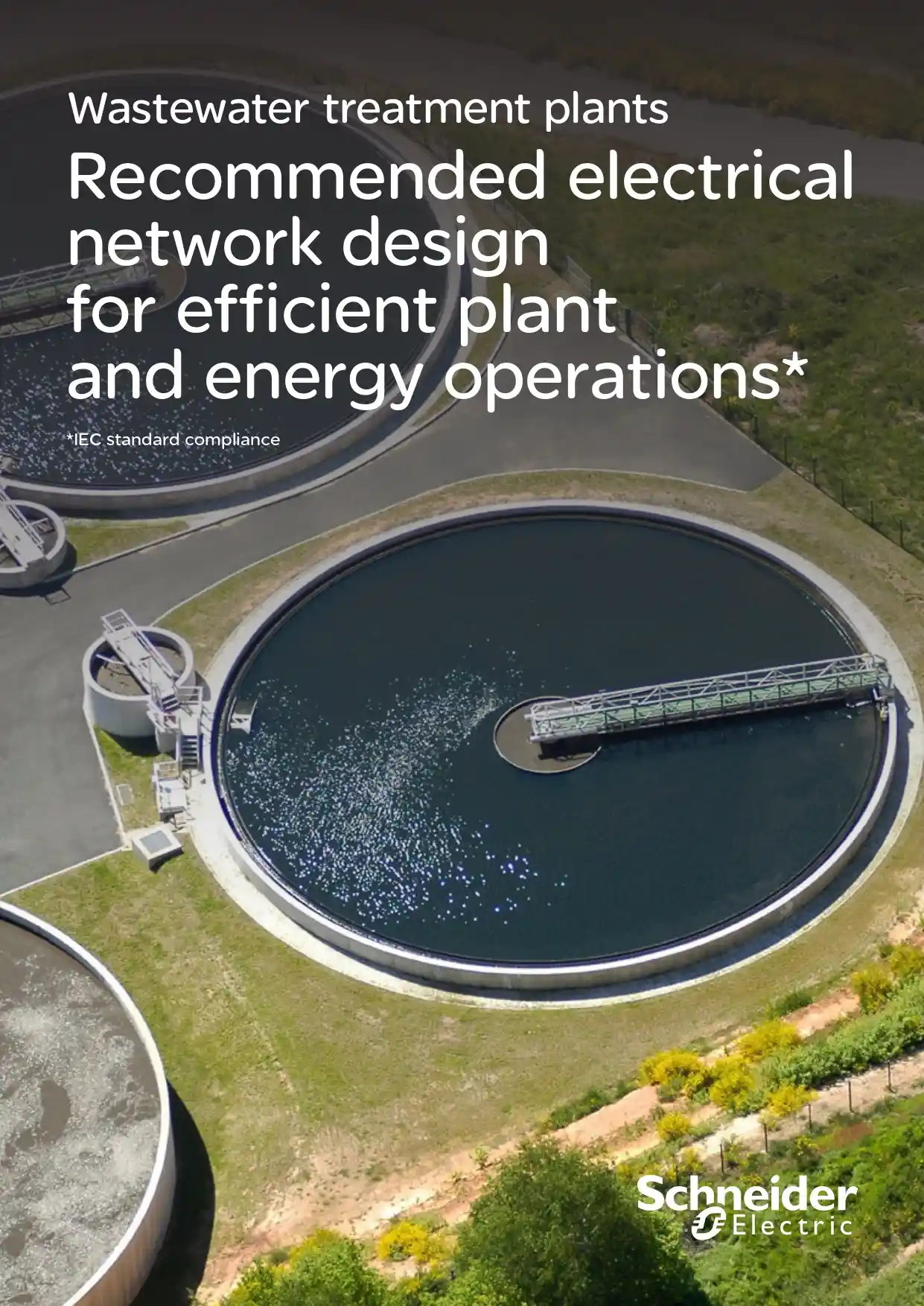Energy
Green Hydrogen Characterisation Initiatives: Definitions, Standards, Guarantees Of Origin, And Challenges
Source: https://www.elsevier.com
Author: Anthony Velazquez Abad, Paul E. Dodds
Hydrogen can be produced from many different renewable and non-renewable feedstocks and technological pathways, with widely varying greenhouse gas emissions. For hydrogen to have a role in future low-carbon energy systems, it is necessary to demonstrate that it has sufficiently low carbon emissions.
Only logged in customers who have purchased this product may leave a review.















Reviews
There are no reviews yet.